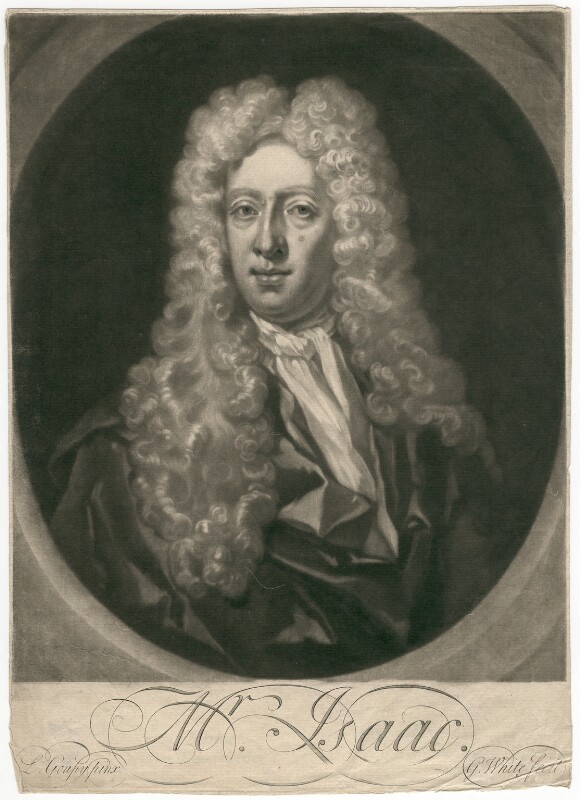Back in 2010, I published an article in Early Music with the title ‘The testament and last will of Jerome Francis Gahory’ in which I put forward the likely identity of the elusive Mr Isaac. He was, of course, the dancing master who taught Queen Anne, among others, many of whose duets appeared in notation between 1706 and 1716. I have written about several of these dances in previous posts. In 2009, I made the chance discovery of Jerome Francis Gahory’s will which provided a significant clue as to who Mr Isaac actually was. I recently learnt that this information has not reached the wider UK early dance world, so I offer this post in the hope that this will change. Much more information is provided in my 2010 article.
The Frenchman Jerome Francis Gahory became dancing master to Charles II around Christmas 1660. He taught not only the King but also Queen Catherine of Braganza (whose dancing I have also written about), as well as the King’s nieces Princess Mary and Princess Anne. In September 1681, the reversion of Gahory’s post was granted to Francis Thorpe, the significance of which was not apparent until the discovery of Mr Isaac’s identity. Although Gahory is not mentioned in court records after 1688 (when James II fled to France and William III and Mary II became joint sovereigns), he continued to live in London until he died in 1703.
Gahory was buried at St Martin’s in the Fields on 4 June 1703, having made his will on 30 March that same year. The original will and its probate copy can both be found among the documents in the UK’s National Archives. It disposes separately of Gahory’s ‘estate and effects’ in France and in England. The latter are of particular interest to historians of dancing in England. Gahory leaves bequests to Anthony L’Abbé, already a professional dancer on the London stage and later to become a royal dancing master himself, and ‘Mary Thorpe his wife the testator’s niece’. As his executor and heir of the residue of his estate, Gahory names ‘Francis Thorpe his nephew (known by the name of Isaac)’.
If Gahory’s will is not evidence enough of Mr Isaac’s identity, more can be found elsewhere. Francis Thorpe was the son of Isaac Thorpe, who died in 1681 or 1682 and also left a will (now in the National Archives). This confirms that Isaac Thorpe and Jerome Gahory were brothers-in-law. Another source indicates that Isaac Thorpe was living and teaching dance in Paris in the early 1650s, under the name ‘Monsr. Isac’ and alongside ‘Mons. Gahorry’. The final piece of evidence I uncovered was that in 1721 Mary L’Abbé, the wife of Anthony L’Abbé, was granted the administration of her brother’s estate as he had died intestate. He was named as ‘Francis Thorpe alias Isaac’ and ‘Mr Francis Thorpe’ was buried at St James Piccadilly on 4 January 1721.
The only known surviving portrait of Mr Isaac is the mezzotint by the engraver George White after a painting by Louis Goupy, which may date to last decade of the dancing master’s life.
When I wrote my article back in 2010, I hoped that others would take my research forward and tell us more about this dancing master who is so important to the history of dancing in England. I remain hopeful that this will happen.
Reference:
Moira Goff, ‘The testament and last will of Jerome Francis Gahory’, Early Music, XXXVIII. 4 (November 2010), pp. 537-542.

